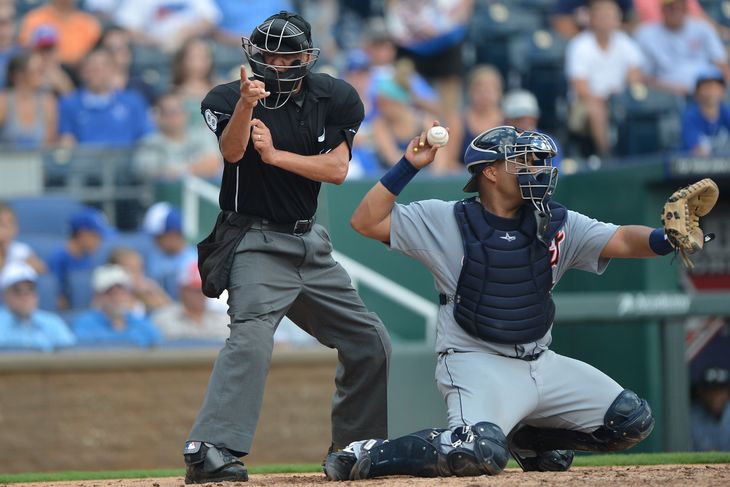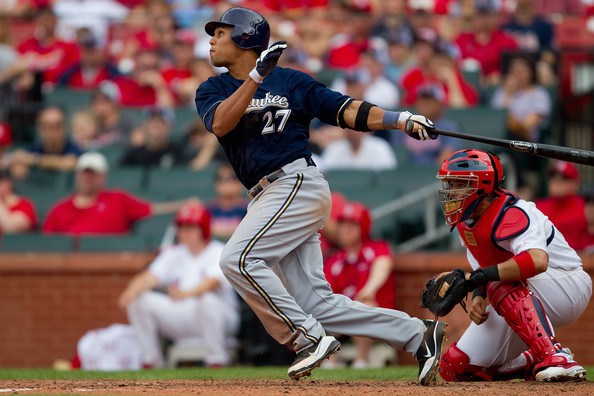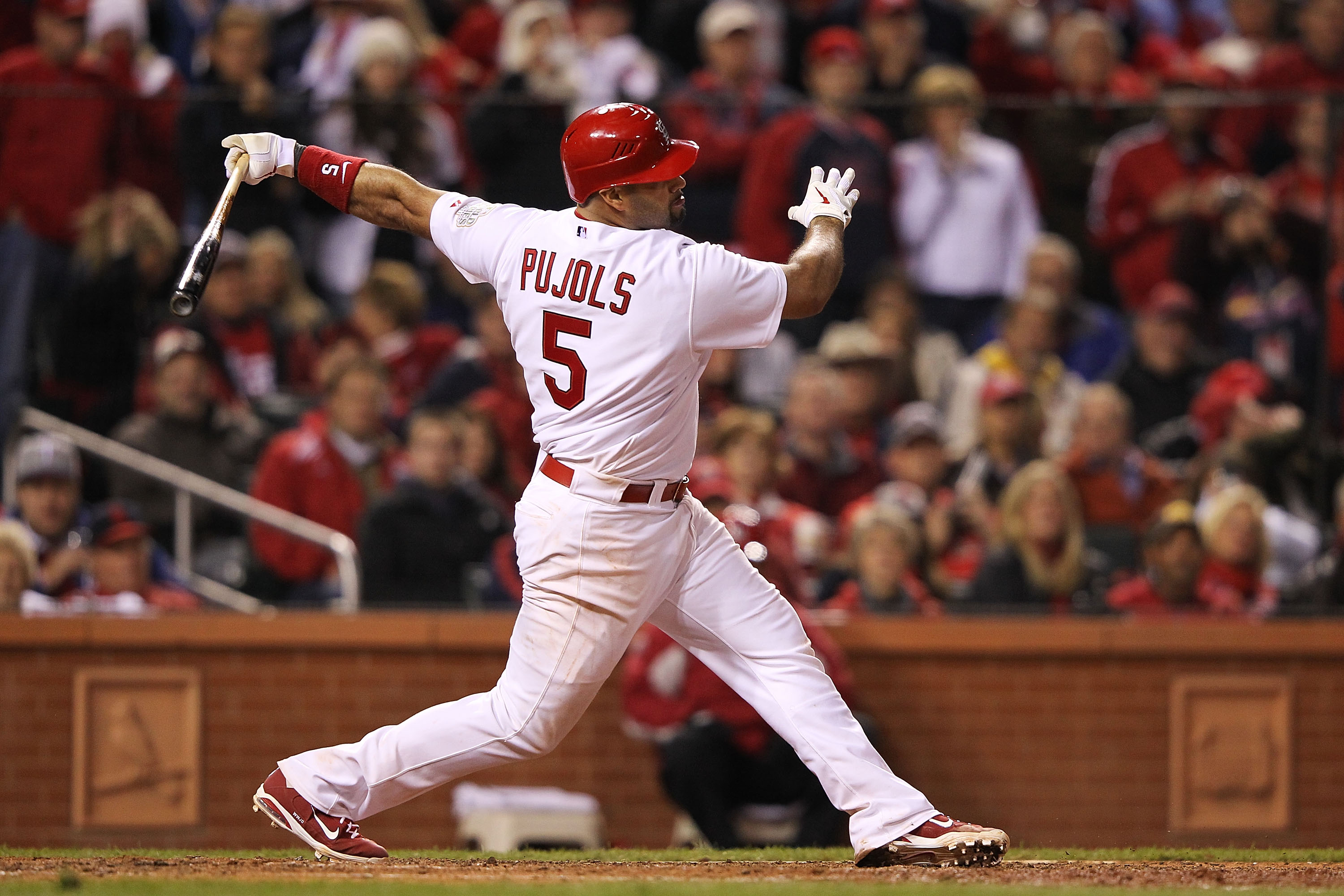In no other major sport do referees or umpires play such a huge role in the progression of a game than baseball. Sure, an NFL or NBA referee can call a penalty, foul, or violation on any given play, but in baseball, an umpire’s call is necessary for the progression of the game – simply, the game can’t go on without an umpire’s decision of ball or strike.
If that’s the case in baseball, why are we not more concerned with umpires in daily fantasy baseball? If we’re pouring over data every day trying to find that one edge in predicting which starting pitcher is going to go for 10 strikeouts, why wouldn’t umps be a part of that research? After all, they’re the ones calling those very strikes, right?
Thanks to the awesome data here at Fantasy Labs, we can see exactly how umpires – each specific one, in fact – affect both batter and pitcher fantasy performance. To do this, we measure a player’s Plus-Minus (actual fantasy points minus expected fantasy points, calculated by salary) and store them all in a massive database. After a while, some umpires certainly show trends of being friendly to batters or pitchers. First, let’s take a look at the top 10 active umpires that boost values of batters.
| Umpire | Plus-Minus | |
|---|---|---|
| Bruce Dreckman | +2.16 | |
| Chris Conroy | +1.05 | |
| Joe West | +0.74 | |
| John Hirschbeck | +0.71 | |
| Tim Timmons | +0.62 | |
| Ted Barrett | +0.60 | |
| Tom Hallion | +0.57 | |
| Jerry Meals | +0.54 | |
| Dan Bellino | +0.49 | |
| Eric Cooper | +0.49 |
Batters who have played in games in which Bruce Dreckman was the home plate ump have seen a historical Plus-Minus of plus 2.16. That is much higher than any other umpire – honestly, Dreckman still has a fairly small sample, so I’d expect some regression over time. However, you can still see that there are umpires who are consistently friendly to batters.
And if you think that’s crazy, look at the top 10 umpires in terms of pitcher value.
| Umpire | Plus-Minus | |
|---|---|---|
| Kerwin Danley | +3.73 | |
| Bob Davidson | +3.38 | |
| Brian Gorman | +3.24 | |
| Ed Hickox | +2.08 | |
| Mike Muchlinski | +1.82 | |
| D.J. Reyburn | +1.79 | |
| Tim Welke | +1.76 | |
| Victor Carapazza | +1.74 | |
| Paul Nauert | +1.64 | |
| Marty Foster | +1.58 |
Wow. Those are some high numbers. For reference, yesterday I talked about the Coors Field effect – it has historically added plus-2.04 points to batters over expected value.
I think you probably know where I’m going with this, and it’s pretty mind-blowing: A pitcher-friendly umpire is more valuable in fantasy baseball terms than batters playing at Coors Field.
Deep breath, and let’s take this even further. The issue with the Coors Effect is that everyone knows about it – Rockies stacks at home are generally always going to be one of the highest-owned plays of the night. Factoring in home plate umpires while choosing pitchers is probably a strategy that very few DFS players take, despite the fact that it’s actually one of the more valuable factors out there.
So how do you do this? Admittedly, it can be a little tricky, as home plate umpires aren’t necessarily always announced with a lot of time to spare before a season series. However, because we know the rotation of an umpire crew, we can more easily predict who will be behind the plate for the subsequent games. In our Trends section, you can select any umpire – perhaps select all with positive pitcher values and create your own trend. Then, you can look every day to see what current matches there are for the slate. Boom, value very few other players are getting.
This is also a trend that we already track as a Pro Trend. For example, take a look at Paul Goldschmidt’s player card and you see that “Top 25 Ump for Batters” is one of his trends. And if you want to build your own trend on umpires with more specific criteria – perhaps with pitchers who have a strikeout per 9 innings of over 8.0 – you can do exactly that.







